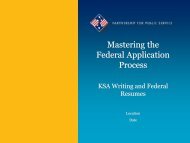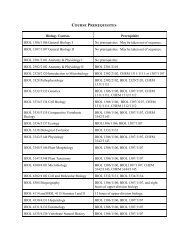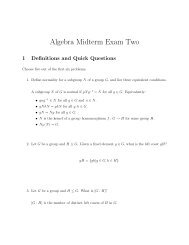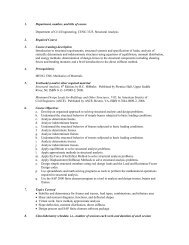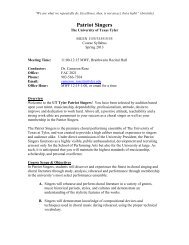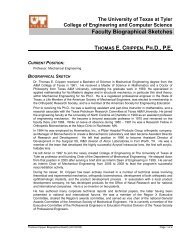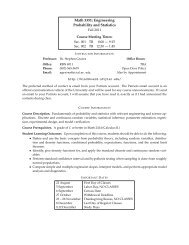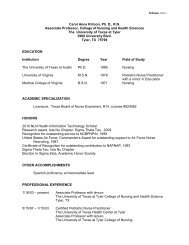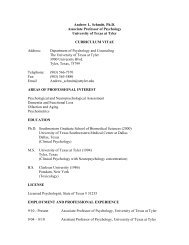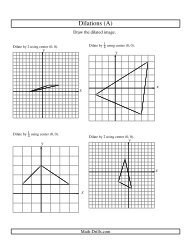Interactions between Representation Theory, Quantum Field Theory ...
Interactions between Representation Theory, Quantum Field Theory ...
Interactions between Representation Theory, Quantum Field Theory ...
- No tags were found...
Create successful ePaper yourself
Turn your PDF publications into a flip-book with our unique Google optimized e-Paper software.
Adventures in Entanglement<br />
John M. Myers<br />
Harvard University<br />
Quantification of entanglement for mixed 2-qubit states can make use of Wootters'<br />
concurrence, but more complex states, pure or mixed, continue to present a puzzle.<br />
Motivated by an interest in quantum sensing, we define a degree of entanglement,<br />
starting with bipartite pure states and building up to a definition applicable to any mixed<br />
state on any tensor product of finite-dimensional vector spaces. For mixed states the<br />
degree of entanglement is defined in terms of a minimum over all possible<br />
decompositions of the mixed state into pure states. Using a variational analysis we show<br />
a property of minimizing decompositions. Combined with data about the given mixed<br />
state, this property determines the degrees of entanglement of a given mixed state. For<br />
pure or mixed states symmetric under permutation of particles, we show that no partial<br />
trace can increase the degree of entanglement. For selected less-than-maximallyentangled<br />
pure states, we quantify the degree of entanglement surviving a partial trace.<br />
Invariants of Knots and Links Arising from Finite-Dimensional<br />
Algebras<br />
David Radford<br />
University of Illinois at Chicago<br />
Finite-dimensional algebras of a certain type over a field k possess structures from which<br />
regular isotopy invariants of knots and links can be constructed. We develop a general<br />
theory for these algebras, develop a general theory for a class of finite-dimensional<br />
algebras over k from which regular isotopy invariants of oriented knots and links can be<br />
constructed, and we consider relationships <strong>between</strong> algebras in the two classes.<br />
A very important problem which has proven rather daunting is computation of these<br />
invariants. Just how rich the collection of invariants described in the preceding paragraph<br />
is remains a mystery, a longstanding unsolved problem.<br />
Probably the most intriguing invariant is the one originating in the work of Hennings<br />
which arises from the Drinfel'd double D(H) of certain finite-dimensional Hopf algebras<br />
H over k. How this invariant is related to the Kuperberg's invariant of 3-manifolds<br />
derived from H is partially understood. Computing the invariant arising from D(H)could<br />
be very illuminating and useful.<br />
The ideas we discuss are for the most part based on the joint work of the author and Louis<br />
Kauffman.



